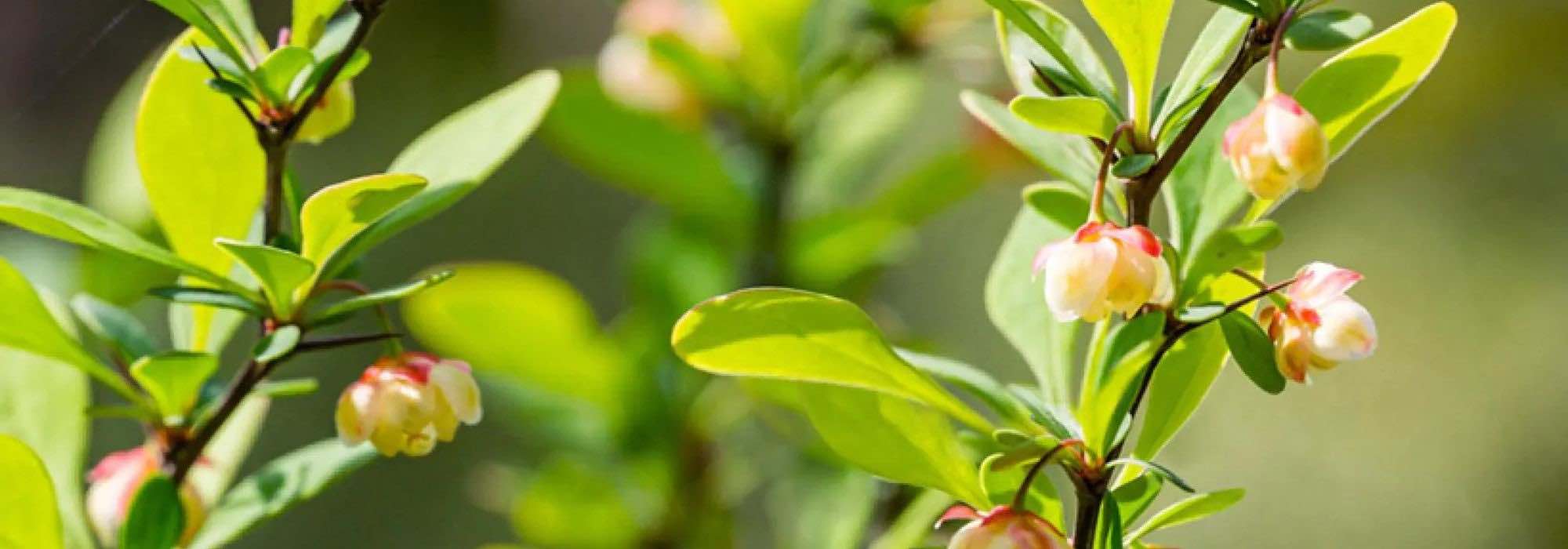
6 Green-Leaved Berberis: Hardy and Decorative Bushes for All Seasons
For your hedges, borders, beds, slopes and containers
Contents
Berberis, or Barberries, are versatile and decorative bushes, prized for their evergreen or deciduous foliage, vibrant flowering, colourful berries, easy maintenance and sometimes their defensive qualities. Among them, varieties with green foliage, often evergreen, stand out for their ability to structure gardens while providing visual interest throughout the year. Whether for a defensive hedge, a neat border or a colourful flower bed, green-leaved Berberis adapt to all situations.
Discover 6 must-have varieties to bring beauty, resilience and biodiversity to your garden!
The Barberry 'Orange King': An Orange Firework to Brighten Up the Garden
The Berberis linearifolia ‘Orange King‘ is an evergreen variety with spectacular bright orange and silky flowering, a rare hue among bushes. In April, its varnished leaf is almost hidden beneath the abundance of flowers grouped in umbels, and a more discreet autumn rebloom may occur. In autumn, it adorns itself with small, shiny red berries, adding to its decorative appeal. This thorny barberry, vigorous yet modest in size, is perfect for informal hedges, flowering borders, and low-maintenance gardens.
‘Orange King’ displays a bushy, dense habit, with arching branches as it ages. This bush reaches approximately 1.75m in height and 1.20m in width, with fibrous grey-brown bark and leaves 2 to 5.4cm long, narrow, leathery, glossy dark green, and slightly curled at the base. The red-orange flowers at bud stage turn to a vibrant orange in full bloom, and their nectar attracts pollinators. The dark red, ovoid berries follow this flowering.
Undemanding, ‘Orange King’ suits borders, defensive or informal hedges, and even container cultivation on a terrace. To highlight its flowering and red berries, it can be paired with bushes such as Abelias, Japanese Quinces, Brooms, or honeysuckles like the Honeysuckle ‘Dropmore Scarlet’.
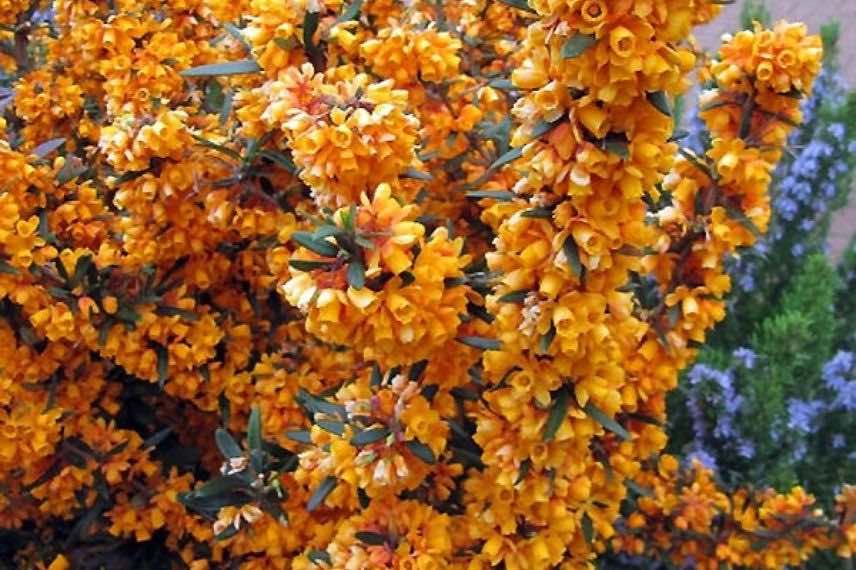
The Berberis thunbergii 'Erecta': a striking silhouette and flamboyant autumn foliage
The Berberis x stenophylla: an evergreen, flowering and impenetrable bush for an elegant and defensive hedge
The Berberis x stenophylla, or Narrow-leaved Barberry, is an evergreen bush, a vigorous hybrid that’s easy to grow, even in poor soil. Resulting from cross-breeding between Berberis darwinii and Berberis empetrifolia, this old hybrid, created in England in 1860, inherits their hardiness and tolerance to poor soils.
It has a dense, bushy habit with arching reddish-brown branches. At ripeness, it reaches about 3m in height and 4m in width. Its branches bear trifid thorns measuring 3 to 7mm, and tough, dark glossy green foliage with a glaucous underside, featuring narrow leaves of 1.5 to 2.5cm. From May to June, it produces pendulous clusters of golden-yellow flowers tinged with red, highly fragrant and nectariferous, followed by small blue-black pruinose berries that last until autumn, feeding birds and supporting biodiversity.
This bush is particularly suited to ecological defensive hedges, thanks to its dense branching and thorns, while remaining ornamental year-round. It tolerates chalky, clay, dry or poor soils well and prefers full sun or partial shade. Its moderate growth and naturally elegant habit reduce the need for pruning. It can advantageously replace Pyracantha in medium hedges or be planted as a standalone feature, in rockeries, on slopes, or even trained as a small single-trunk tree.
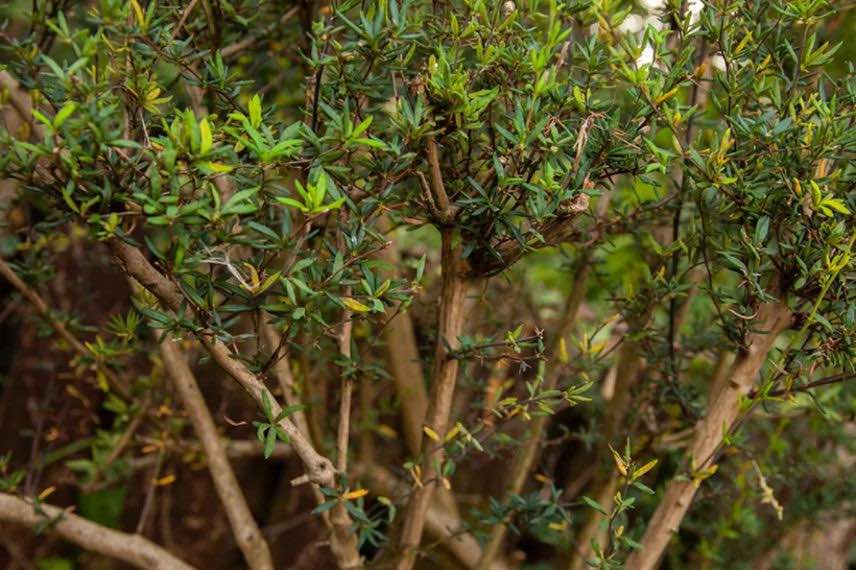
The Berberis 'Apricot Queen': A burst of apricot orange for a dazzling garden
The Berberis lologensis ‘Orange Queen’ is also an evergreen, award-winning variety, prized for its spectacular spring flowering, in bright and light orange, which may repeat in summer if the soil remains moist. This nectariferous and melliferous flowering is followed by dark red, glossy and decorative berries. Vigorous and easy to grow, this bush reaching about 3 m in all directions has a bushy, dense habit, with branches that arch over time, giving it a slightly untidy appearance.
Resulting from a cross-breeding between Berberis linearifolia and Berberis darwinii, both native to the Chilean and Argentine Andes, it combines the hardiness and tolerance of its parents regarding soil and pH. Its evergreen foliage consists of small, very glossy, leathery dark green leaves with dentate edges and ending in a thorn. The bark, grey-brown, becomes fibrous with age. Its orange bell-shaped flowers, grouped in umbels of 2 to 4, have up to 21 tepals and offer a gradient from intense orange to apricot as they bloom.
This barberry fits into defensive hedges, informal hedges, or in beds, alone or in groups of three. It can also be used in rockeries, on slopes or along pathways. It prefers sunny exposures and well-drained soils, although it adapts to various soils, provided they are not too dry. To highlight it, you can pair it with purple-leaved bushes such as the Berberis ‘Atropurpurea’ or, in mild climates, the Acacia baileyana ‘Purpurea’.
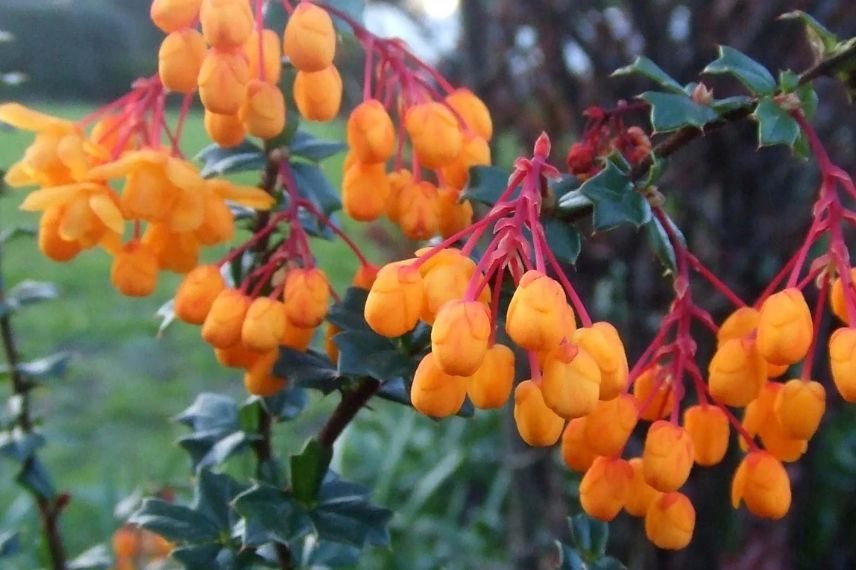
The Berberis 'Chenaultii': Elegant Foliage and Golden Flowers for a Defensive and Decorative Hedge
The Berberis hybrido-gagnepainii ‘Chenaultii’ or Chenault’s Gagnepain Barberry, is a hardy evergreen bush that remains ornamental throughout the year. A hybrid derived from the Chinese species Berberis verruculosa and Berberis gagnepainii, it combines hardiness with visual appeal. This rounded, compact, and spreading bush reaches approximately 1.50m in height and 2m in width, with arching grey-yellow branches armed with long trifurcated thorns.
Its evergreen foliage consists of small, leathery, narrow, linear leaves, 4cm long, with undulate and dentate edges. Glossy dark green on top and glaucous underneath, they take on bronze hues in winter cold. In spring, from May to June, clusters of bright yellow bell-shaped flowers appear in the axils of the branches. These nectariferous flowers are followed in autumn by decorative ovoid, pruinose blue-black berries.
Easy to grow, this barberry thrives in ordinary, even dry or chalky soil, and enjoys full sun or partial shade. It is ideal for defensive hedges, made impenetrable by its thorns, or in mixed borders with other evergreen bushes. It pairs well with botanical roses such as Rosa rugosa or Rosa moyesii, Mahonia Charity, or variegated hollies for a wildlife-friendly hedge.

The Berberis buxifolia 'Nana': a perfect box substitute, compact, evergreen and trouble-free
The Berberis buxifolia ‘Nana‘, also known as Box-leaved Barberry, is yet another excellent evergreen variety to replace boxwood, particularly in chalky or rather dry soils. This dwarf variety forms a dense, rounded and regular cushion, covered with small, leathery, glossy and rarely thorny leaves, reminiscent of boxwood. It is unaffected by box tree moth, making it a superb alternative for gardens or terraces.
Native to southern Argentina and Chile, Berberis buxifolia is particularly hardy and well-suited to cold climates and chalky soils. With a compact habit, it reaches about 50 cm in height and 55 cm in width, eventually growing up to 60 cm tall and 70 cm wide. Its rounded, dark green leaves measure up to 2 cm long. In spring, it is adorned with abundant yellow-orange flowering in small bell-shaped blooms, occasionally followed by sparse purple-violet berries in autumn.
Thanks to its small size and evergreen foliage, ‘Nana’ is perfect for rockeries, slopes, borders, flower beds, small gardens or containers on a terrace. It makes an excellent substitute for boxwood in all its uses and pairs beautifully with plants like Erigeron karvinskianus or small phlox.
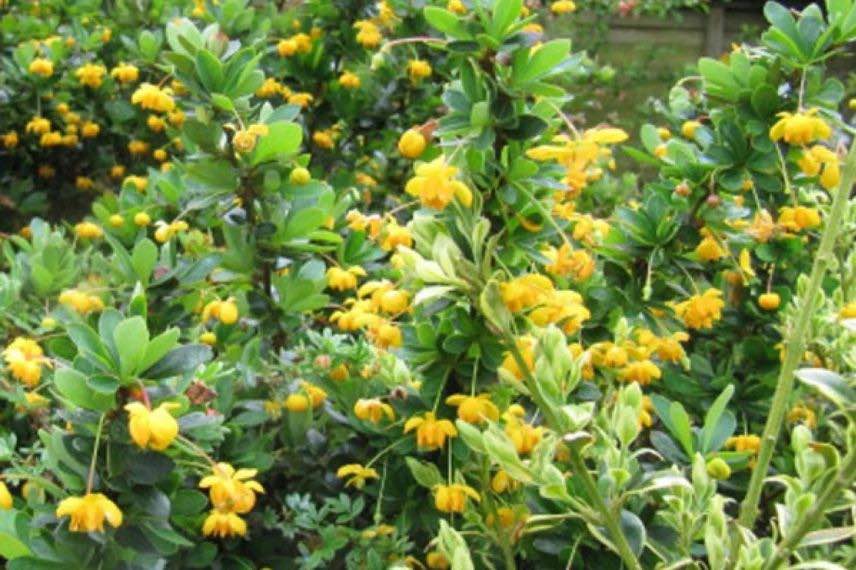
- Subscribe!
- Contents
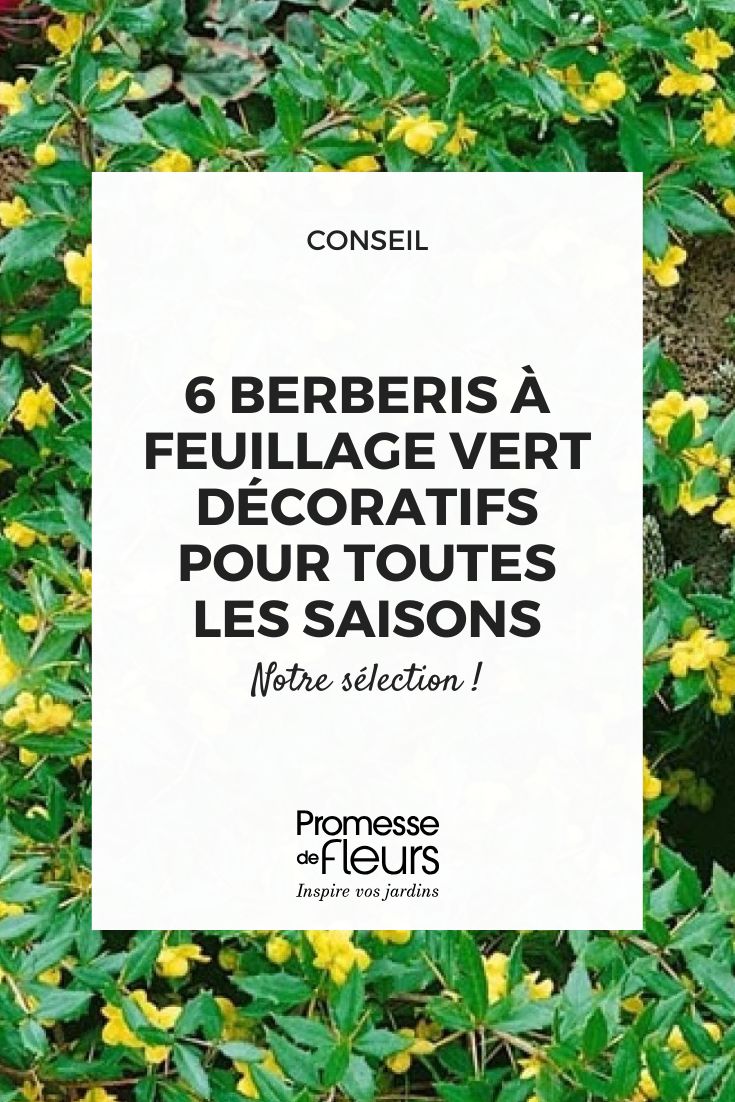































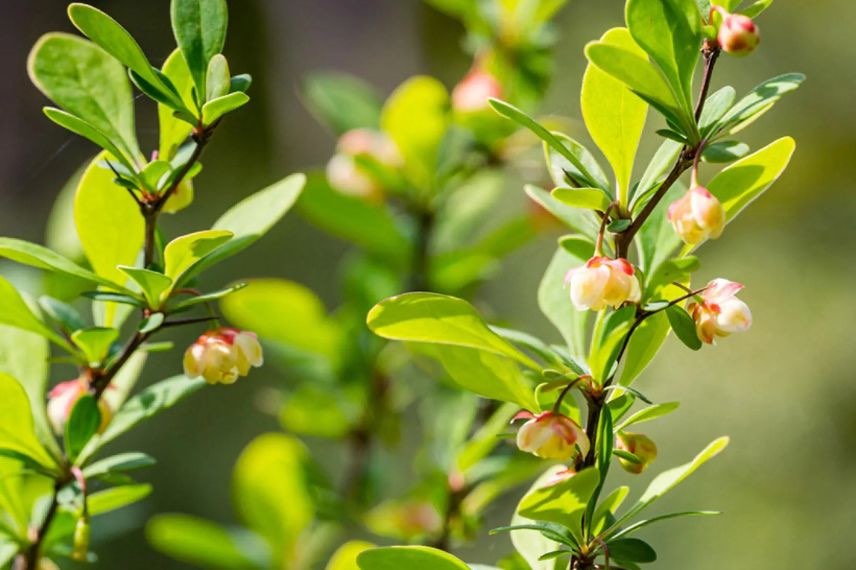
Comments